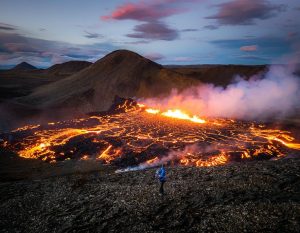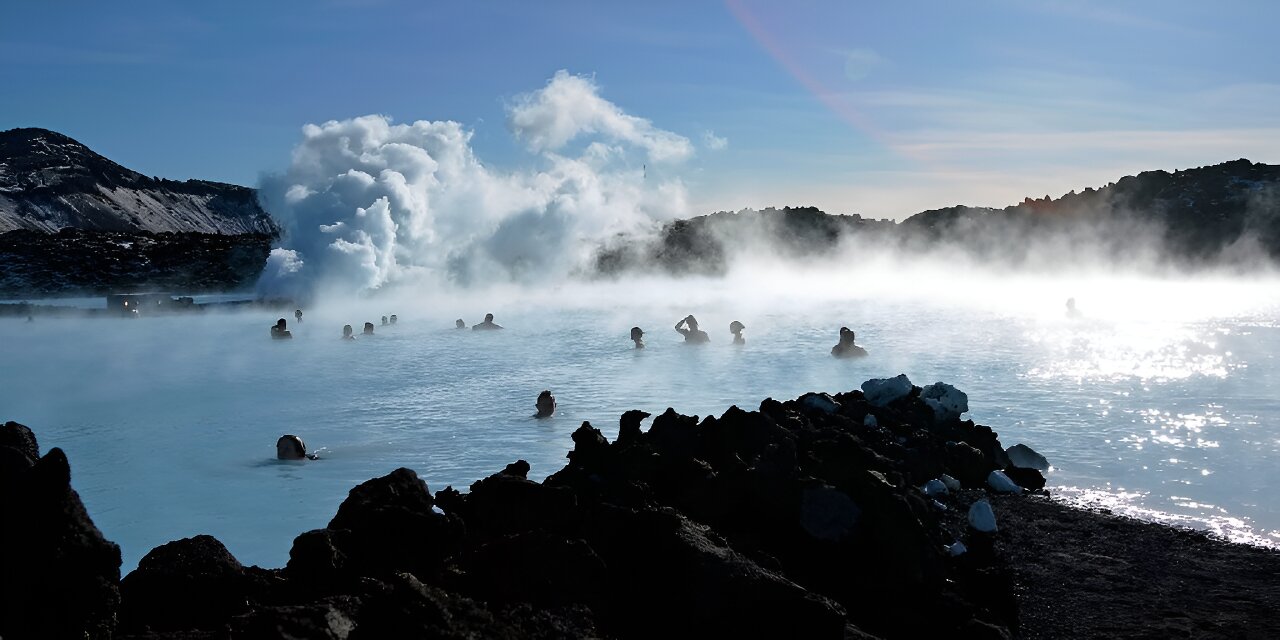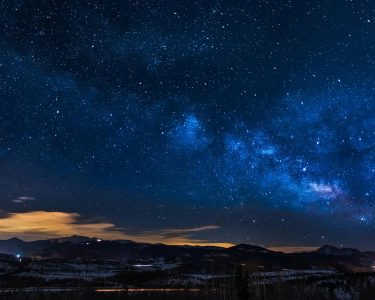Iceland, a land where the Earth seems to pulsate with life, is an otherworldly realm defined by its volcanic prowess. Tucked away in the North Atlantic, this island nation is a stage where Mother Nature’s spectacular performances unfold with volcanic displays that captivate and awe. From majestic eruptions to serene landscapes shaped by millennia of volcanic activity, Iceland is a testament to the raw power and beauty of our planet.
The Land of Fire and Ice
Iceland’s unique moniker, the “Land of Fire and Ice,” is aptly earned due to its paradoxical nature. Glaciers stretch across a significant portion of the land, covering a rugged terrain that hides a fiery core. Beneath these icy veils lie a multitude of active volcanoes, some dormant, others fiercely alive, shaping the island’s character and providing a glimpse into the volatile heart of our planet.
Eruptions Through Time
Iceland’s history is etched in lava flows and volcanic ash, a record of explosive events that have shaped its landscapes. The notorious 2010 eruption of Eyjafjallajökull brought global attention, disrupting air travel and reminding the world of nature’s unpredictability. Yet, this was just one act in a saga that spans centuries. One of Iceland’s most iconic volcanic showcases is the ongoing activity of Mount Hekla. Often referred to as the “Gateway to Hell” due to its frequent eruptions, Hekla remains a source of both fear and fascination. Its eruptions have painted the sky with plumes of ash, casting an eerie glow across the land and shaping Iceland’s topography with each outburst.

Exploring Iceland’s Volcanic Wonders
The famed Golden Circle tour provides a glimpse into Iceland’s volcanic heart. Starting at Þingvellir National Park, visitors can walk between the North American and Eurasian tectonic plates, a geological marvel formed by the shifting Earth’s crust. Here, the landscape bears scars of volcanic activity, with rugged cliffs and fissures that hint at the immense forces at play beneath the surface. Journeying onwards, the geothermal wonders of Geysir and Strokkur showcase the Earth’s fiery breath. Boiling mud pits and erupting geysers punctuate the landscape, offering a sensory experience that underscores the volatile nature of Iceland’s geology.
Iceland’s Resilient Communities
While Iceland’s volcanoes command respect, they also shape the lives and culture of its inhabitants. Communities nestled in the shadows of these giants have learned to coexist with the ever-present threat of eruptions. Building resilient structures and developing early warning systems, Icelanders have embraced their volcanic heritage, weaving it into their identity and folklore.

The Future of Iceland’s Volcanic Legacy
Looking ahead, Iceland’s volcanic story continues to unfold. Ongoing scientific research aims to understand these natural phenomena better, providing insights into volcanic behavior and advancing our ability to predict eruptions. Additionally, sustainable tourism practices seek to balance exploration with preservation, ensuring that future generations can witness nature’s show without compromising the island’s delicate ecosystems.
Conclusion
Iceland’s volcanic landscapes stand as a testament to the dynamic forces shaping our planet. The interplay between fire and ice creates a symphony of beauty and danger, captivating all who venture into its midst. From the roaring eruptions that shape its topography to the serene vistas born of volcanic activity, Iceland’s volcanic fury is a reminder of the Earth’s incredible power and resilience. Iceland is not merely a destination; it’s an immersive experience into the heart of the Earth, a testament to the perpetual dance of destruction and creation that defines our planet.




